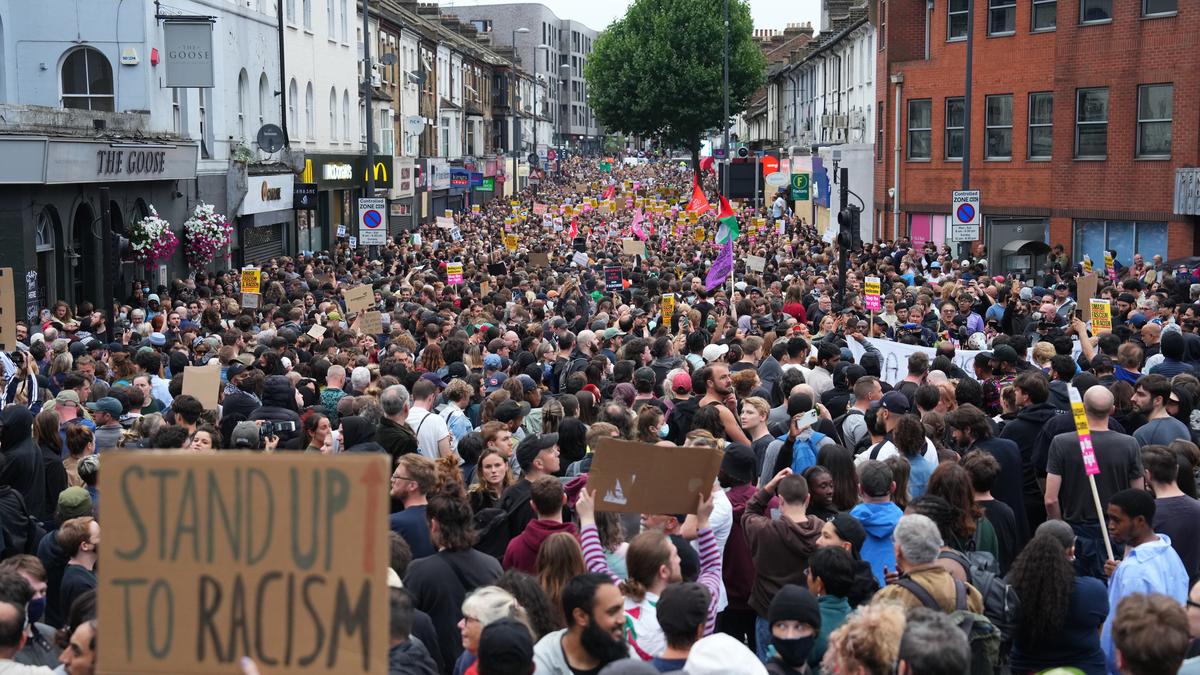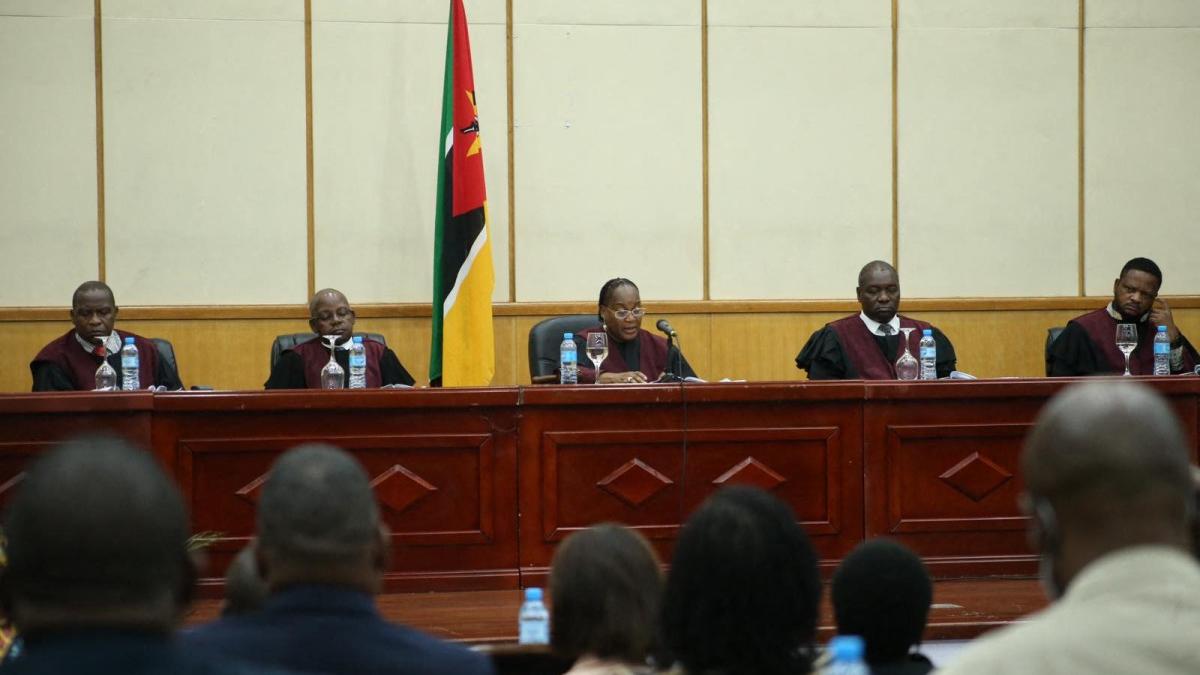The United Kingdom’s population grew by 1% in annual terms to 68.3 million as of mid-2023, mainly due to high immigration, official data showed on Tuesday (October 8, 2024).
Net international migration was the main contributor to population increase for England, Wales, Scotland and Northern Ireland — which together form the U.K. — in the year to mid-2023, Britain’s Office for National Statistics said.
The natural change in population, which is the difference between births and deaths, fell by 16,300. Previous projections from the ONS suggested a negative reading would not occur until the mid-2030s.
Britain has seen high immigration in recent years from economic migrants and those who arrive via irregular crossings in small boats — a hot political topic because of stretched public services after years of under-investment.
Record immigration caused the population of England and Wales to rise by 610,000 in mid-2023, the largest annual rise in 75 years. Net migration to Britain in 2015, the year before the Brexit referendum, was 329,000.
The population grew faster in England and in Wales, both seeing a 1% rise, when compared to Scotland with 0.8% growth or Northern Ireland which posted a 0.5% increase, the ONS said on Tuesday.
While post-Brexit changes to visas saw a sharp drop in the number of European Union migrants to Britain, new work visa rules led to a surge in immigration from India, Nigeria and Pakistan, often to fill health and social care vacancies.
In August some far-right groups took to the streets to protest against migrants, an early challenge to the newly elected Labour government.
Prime Minister Keir Starmer, who scrapped the previous Conservative government’s plan to deport asylum seekers to Rwanda since taking office in July, has said that his approach to illegal migration would be pragmatic and mark a change from the last leadership.
Published – October 09, 2024 12:41 am IST





